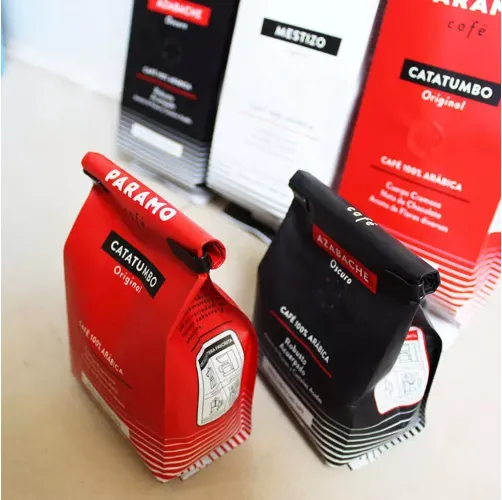how long does cornstarch last
How Long Does Cornstarch Last?
Cornstarch is a versatile ingredient found in many kitchens around the world. Used primarily as a thickening agent for sauces, soups, and puddings, it is also a key component in various baking recipes. While cornstarch may not have an expiration date like perishable goods, understanding how long it lasts and how to store it properly is essential for maintaining its effectiveness and safety in your cooking.
Shelf Life of Cornstarch
Cornstarch can last quite a long time when stored correctly. Typically, unopened cornstarch can be stored in a cool, dry pantry for an indefinite period, often extending beyond two years. However, once opened, the shelf life can vary depending on how well it is stored. Generally, opened cornstarch is best used within one to two years.
The main factor affecting cornstarch's longevity is moisture. Cornstarch is hygroscopic, meaning it can absorb moisture from the air. If it gets wet or is exposed to high humidity, it can clump together, losing its thickening power and rendering it less effective in recipes.
Storage Tips for Cornstarch
1. Keep it Dry Store cornstarch in an airtight container to protect it from moisture. A glass jar with a tight-sealing lid or a plastic container with a snap-on lid works well to keep air and moisture out.
2. Avoid Heat and Light Store cornstarch in a cool, dark place, away from heat sources like stoves, ovens, or sunlight. Heat can degrade the quality of cornstarch over time.
3. Check for Clumping Before using cornstarch, check for any signs of clumping or discoloration. If it has clumped together, you might be able to sift it back into a powder, but if it smells off or has an unusual color, it’s best to discard it.
4. Label and Date If you transfer cornstarch to a different container, label it with the purchase date and expiration date. This helps you keep track of its age and ensures you use it while it’s still fresh.
Signs of Spoilage
how long does cornstarch last

While cornstarch doesn't spoil in the traditional sense, it can lose its effectiveness over time
. Here are some signs to look for- Clumping As mentioned, clumping indicates the cornstarch has absorbed moisture. While it can sometimes be sifted, if it appears excessively clumpy or hard, it’s better to replace it.
- Off Smell Cornstarch should have a neutral, slightly sweet smell. If it emits any rancid or odd odors, it is time to throw it out.
- Discoloration Fresh cornstarch is white or off-white. Any pink, yellow, or brown tint can suggest spoilage or contamination.
Usage After Expiration
If you find your cornstarch has surpassed its suggested shelf life, it doesn’t automatically mean it’s unusable. Conduct a simple test
1. Take a small amount of cornstarch and mix it with cold water to check for thickening ability. 2. Allow it to simmer for a few minutes.
If it thickens adequately, it is still good to use. However, if it does not thicken, it’s advisable to replace it to ensure the quality of your dishes.
Conclusion
In summary, while cornstarch has an impressive shelf life, its longevity greatly depends on how it is stored. Keeping it in a cool, dry, and airtight environment can allow you to use it effectively for years. Regularly checking for clumping, off smells, or discoloration can help you maintain its quality. By taking these precautionary steps, you can ensure your cornstarch remains a reliable component in your culinary creations. Whether you’re thickening a homemade sauce or crafting an impeccable dessert, knowing how long cornstarch lasts and how to care for it can elevate your cooking experience.













